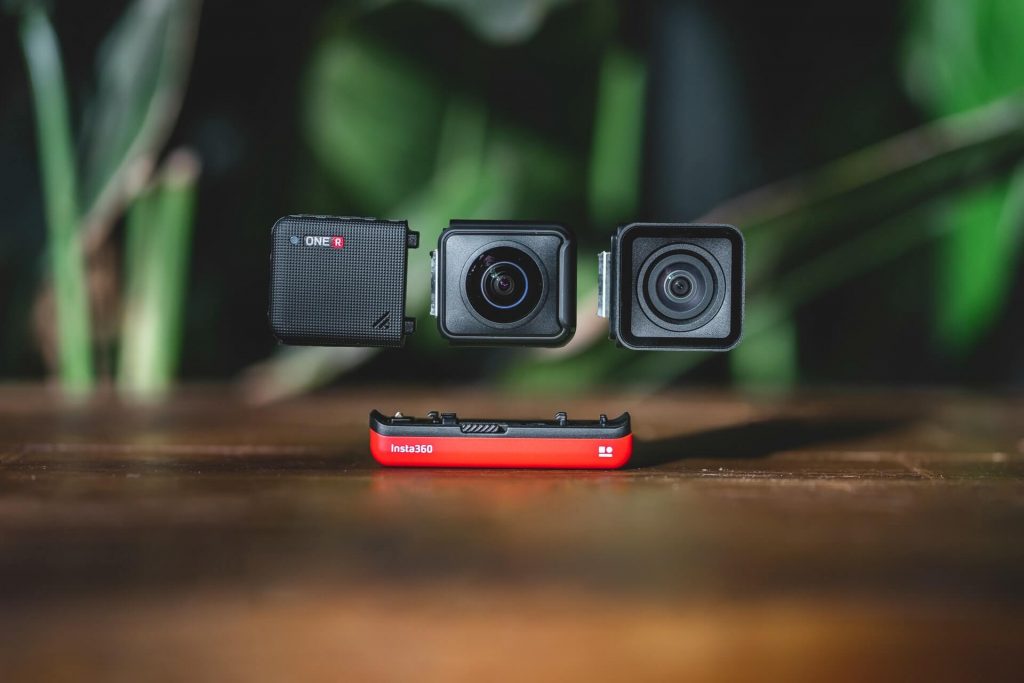With the arrival of 360˚ videos and Cinematic VR, you are able to bring the stories much closer to your audience. With a spherical/360-degree camera, you will capture 360˚ video of the real-world footage. Companies across the world are now embracing virtual reality as a new way to engage audiences and encourage emotional connections between viewers and the people in their stories.
Tips on how to shoot 360˚ videos
Everything about VR is different and this includes how you direct for it. We’ve had over 100+ years of cinema and television to develop a language for shooting in 2D. Mostly everyone, even laypeople, understands the concepts of a close-up, an over-the-shoulder shot, or a cutaway. What scares people most about VR is that much of this no longer applies. We no longer have the concept of a frame and you can no longer count on people always looking where you need them to. It is this lack of a frame and the viewer’s ability to look around in a realistic 3D environment that makes this a truly unique, new medium with unlimited creative potential. It also changes the way you must think about the production including blocking, lighting, camera operation, even writing. This was partly true with the advent of 3D films (and their resurgence) but it is exponentially true in
virtual reality. Those that embrace this new canvas without trying to force their 2D sensibilities onto it will be the ones that succeed and contribute to the development of the new language of cinematic VR.
Tip #1 – Getting out of the way
One of the most important and practical considerations you must plan for is that, since there is no longer a frame, there is no behind the camera and everything in the scene-every inch of it will be shot. This includes your crew, lighting, vehicles, looky-loos, everything. This presents a big challenge when you are the director and need to see and hear what your actors are doing during the take. Likewise, it becomes very difficult to light the scene if you are a DP and can’t have big lighting rigs lying about. Everything must now be hidden organically within the set or it must be painted out.
Tip #2 – Field of view
The single biggest mistake people make when starting to shoot 360˚ videos is feeling the need to have action occurring all around the camera at all times. This is very similar to the days in 3D filmmaking when it wasn’t considered “good” 3D unless something was poking you in the eye. This became very gimmicky very quickly. Good 3D should immerse and connect you emotionally to the scene in ways that a 2D film cannot. The use of extreme negative space (that outside the screen towards the audience) should be limited to infrequent moments that are organic to the film. Similarly, with VR you do not need to have action occurring at all times around the camera. In fact, it becomes very fatiguing to the audience constantly having to contort themselves around as if watching a tennis match.

Tip #3 – How to do close-ups, over-the-shoulder shots, & other 2D remnants
Another common mistake seen with filmmakers new to VR is trying to force their 2D sensibilities and film language into what is a truly new medium. “How do I do a closeup or an over-the-shoulder shot?” “How do I zoom the camera?” “How best do I shoot coverage?” “Does cutting work?” All good questions. As Yoda once said, “You must unlearn what you have learned.” While it is, of course, natural to build on the skills that you already know as a filmmaker it is also important to embrace this for the new canvas that it is and experiment with new techniques and new ways of telling stories unencumbered from the past. In VR, even though you can’t zoom most cameras due to their nature, because you are (hopefully) shooting 360˚ videos you can do a closeup by simply having the actor approach the camera! They will not only get bigger but will also actually get closer to the viewer when viewed in an HMD. This not only focuses the viewer’s attention on that subject since they are filling most of the view (if they are looking in that direction!) but also instills a sense of emotional connection to the subject.
Tip #4 – Cutting 360˚ videos
You can absolutely shoot coverage in VR from different camera positions and cut between them. Just remember that your viewer can be looking anywhere when you cut so it may not have the desired effect. They might be looking off to the side so when you cut they’re looking at a chair and not your actor. Most important is the pace of the cuts. Every time you cut it’s like you’re teleporting to a different location and that can be very jarring especially if the pace is too quick so you’ll want to slow this way down. The viewer needs a good amount of time within a new position to fully immerse themselves, look around, and get their bearings. Cut too quickly and your viewer will be frantically looking about trying to figure out what is going on and what to look at all while you are tiring them out. Though hard cuts can work and are effective for feeling abrupt changes, in general, it is much gentler and more effective to “blink”. This is where the scene dims to black and then back up to the cut scene over the course of about a second or more. It’s very much like blinking in actual life and opening your eyes in a new location. Surprisingly effective. Spherical reveals or wipes in 360° are also a great way to gently unroll the next scene.



